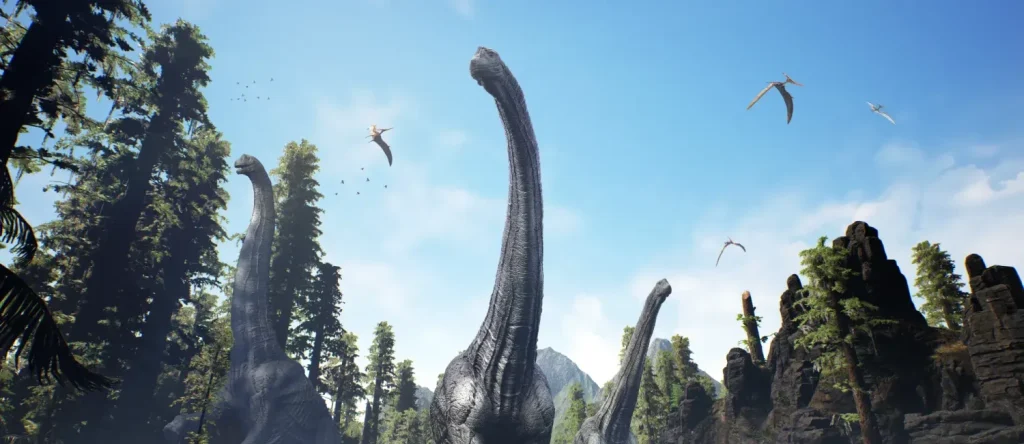The Main Architects of Evolution: Theropods—The Most Successful Hunters in History and the Lineage That Evolved into Birds.
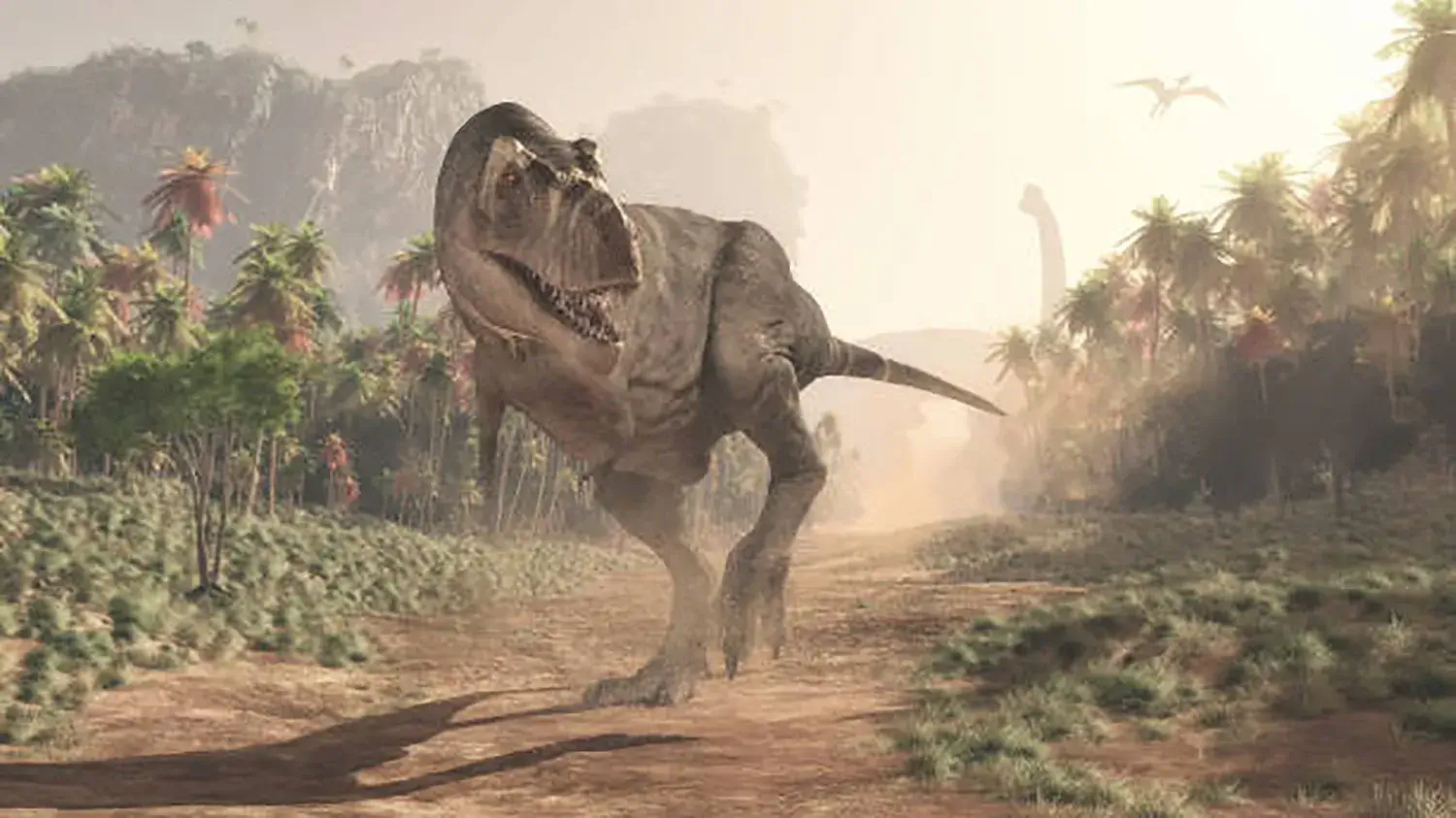
Theropods are a group of dinosaurs belonging to the Saurischia (Lizard-Hipped) lineage, primarily known for being carnivorous.
They are one of the three major dinosaur groups, having flourished across vast regions of the Earth from the Late Triassic period, about 230 million years ago, until the Late Cretaceous, making them one of the most successful lineages in history.
Physical Characteristics of the Apex Hunter
Theropods reigned as the apex predators in the Earth’s ecosystem from the Jurassic to the Cretaceous periods.
Their strength and success were rooted in their unique physical structure.
1. Swift Bipedalism and Powerful Hind Limbs
Theropods are characterized by having slender bodies and long hind limbs, and all species walked on two legs.
Their hind leg muscles were highly developed, allowing many species to run at speeds over 30 km/h, making them masters of swift movement.
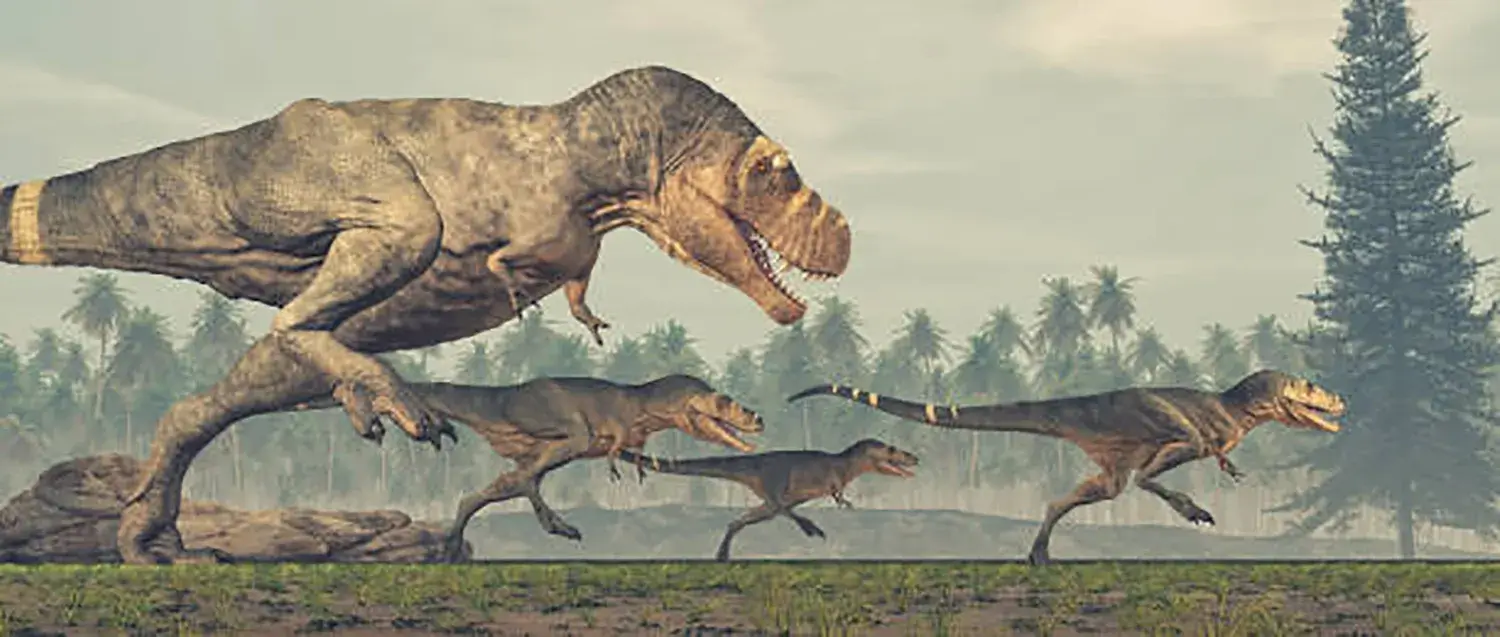
They excelled at swift movements.
This agility was a major key to cornering their prey.
2. The Secret of the Powerful Head and Skeleton
As seen in representative theropods like Tyrannosaurus and Giganotosaurus, they were armed with massive heads and extremely sharp teeth for tearing flesh.
They also possessed a lightweight skeletal structure, characterized by hollow bones, which allowed for their agile movements and was a vital evolutionary secret passed down to birds.
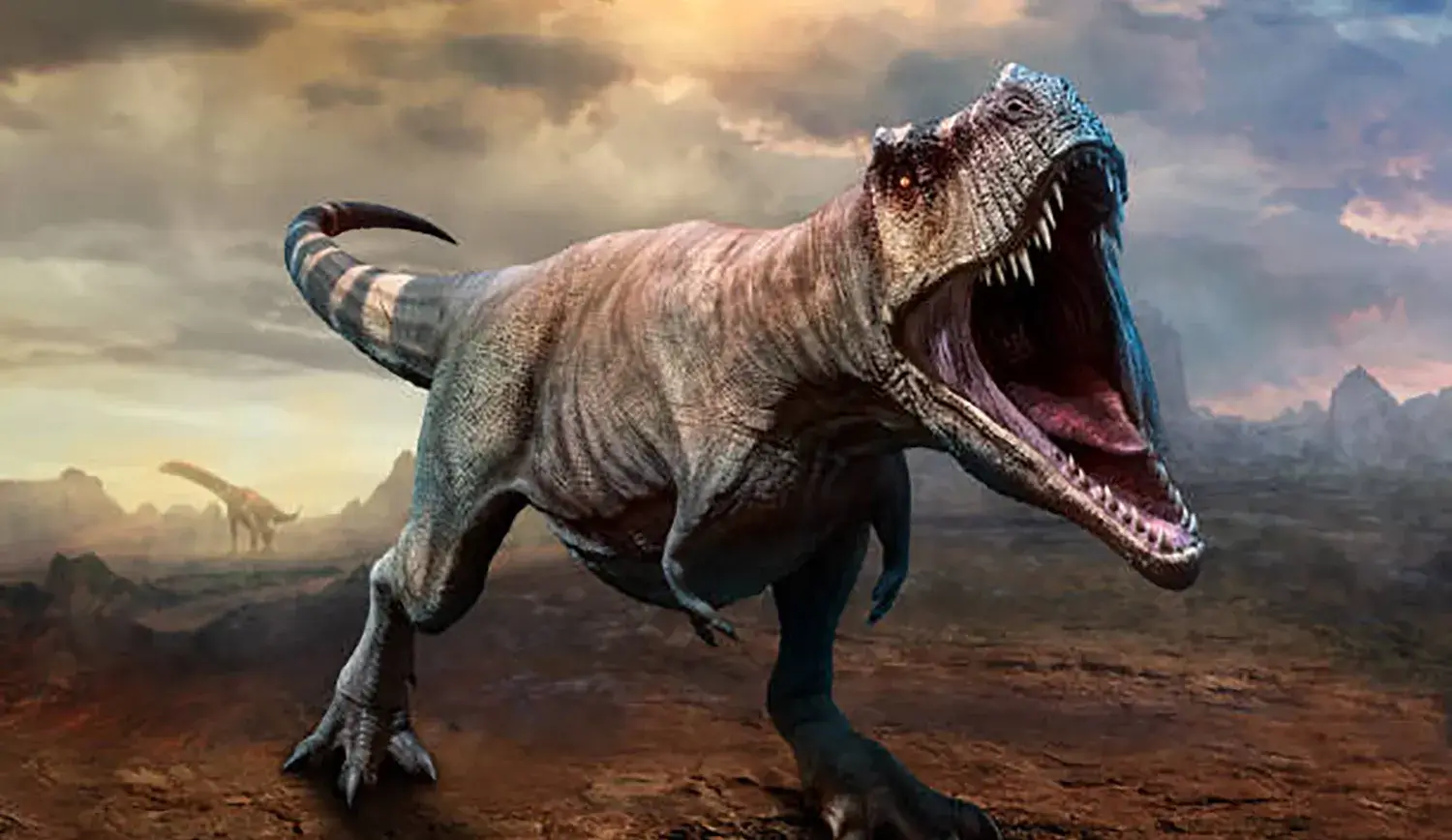
They were armed with sharp teeth in their mouths.
Evolution and Diversity: Dietary Shifts and Intelligence
Theropods were not simply giant predators; they underwent astonishingly diverse evolution, expanding their ecological niche.
1. Adaptation to Diverse Diets
Theropods were initially carnivorous, giving rise to many apex predators like Allosaurus.
However, dietary diversity emerged during their evolution.
By the Cretaceous period, herbivorous species like Jeholosaurus had appeared.
Species such as Oviraptor and Therizinosaurus adapted to different environments by developing diverse diets.
2. Development of Intelligence and Social Behavior
Theropods evolved increasing intelligence, particularly in the lineage that led to birds.
The group including Velociraptor is believed to have been highly intelligent, and some dinosaurs are known to have exhibited social behaviors, such as hunting in packs.
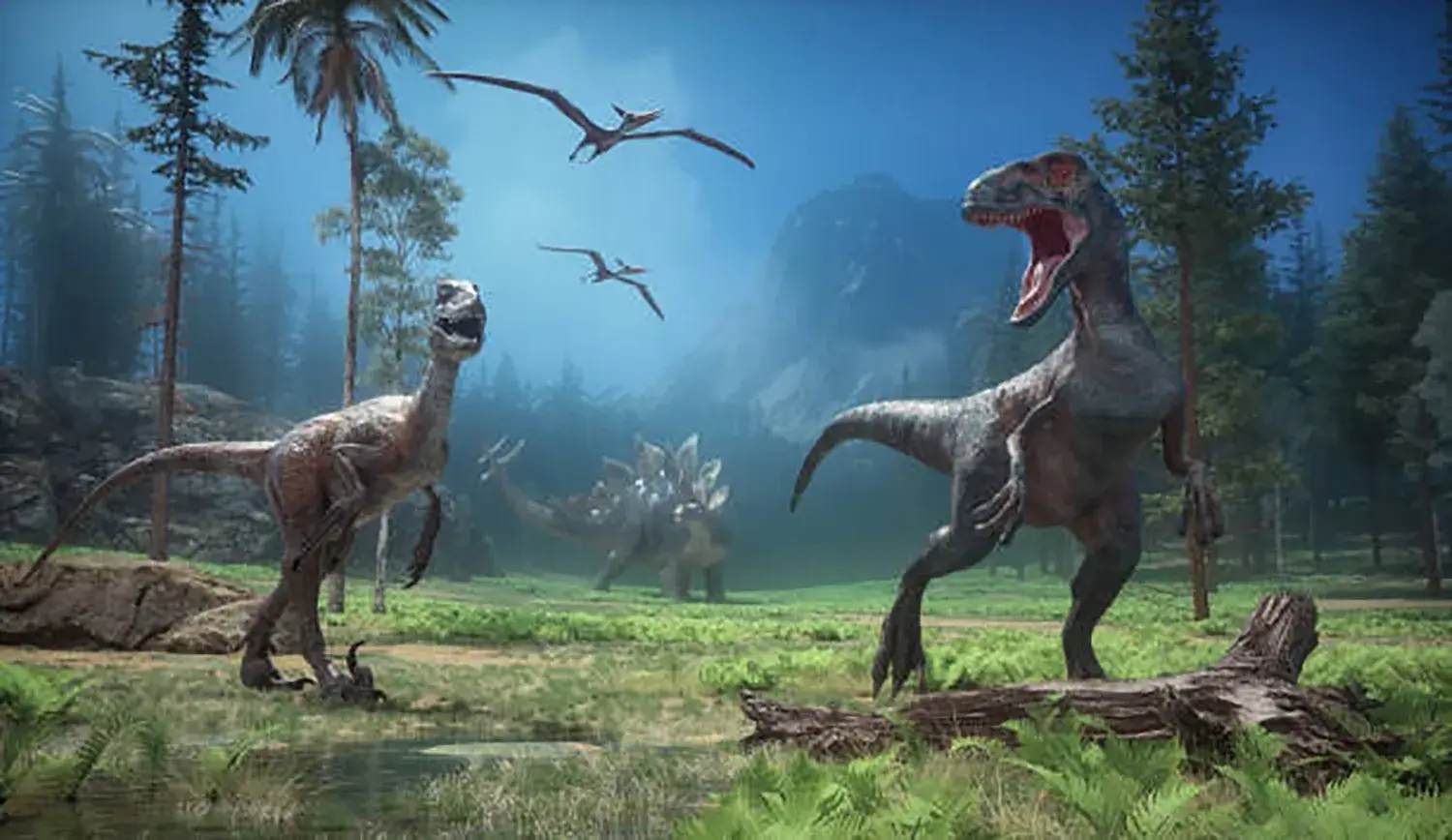
Some Dinosaurs Hunted in Packs.
Evolution into Birds: Pioneers of Feathers
Theropods diversified dramatically by the Late Jurassic, and the Aves (birds) lineage emerged from this evolutionary path.
Acquisition of Feathers and Evolutionary Evidence
Theropods are also known as the first group of dinosaurs to acquire feathers.
The “Avialae” group, which includes dinosaurs like Deinonychus and Velociraptor, is considered the direct ancestor of modern birds.
The inclusion of early bird species like Archaeopteryx in this group further demonstrates the evolutionary link to birds.
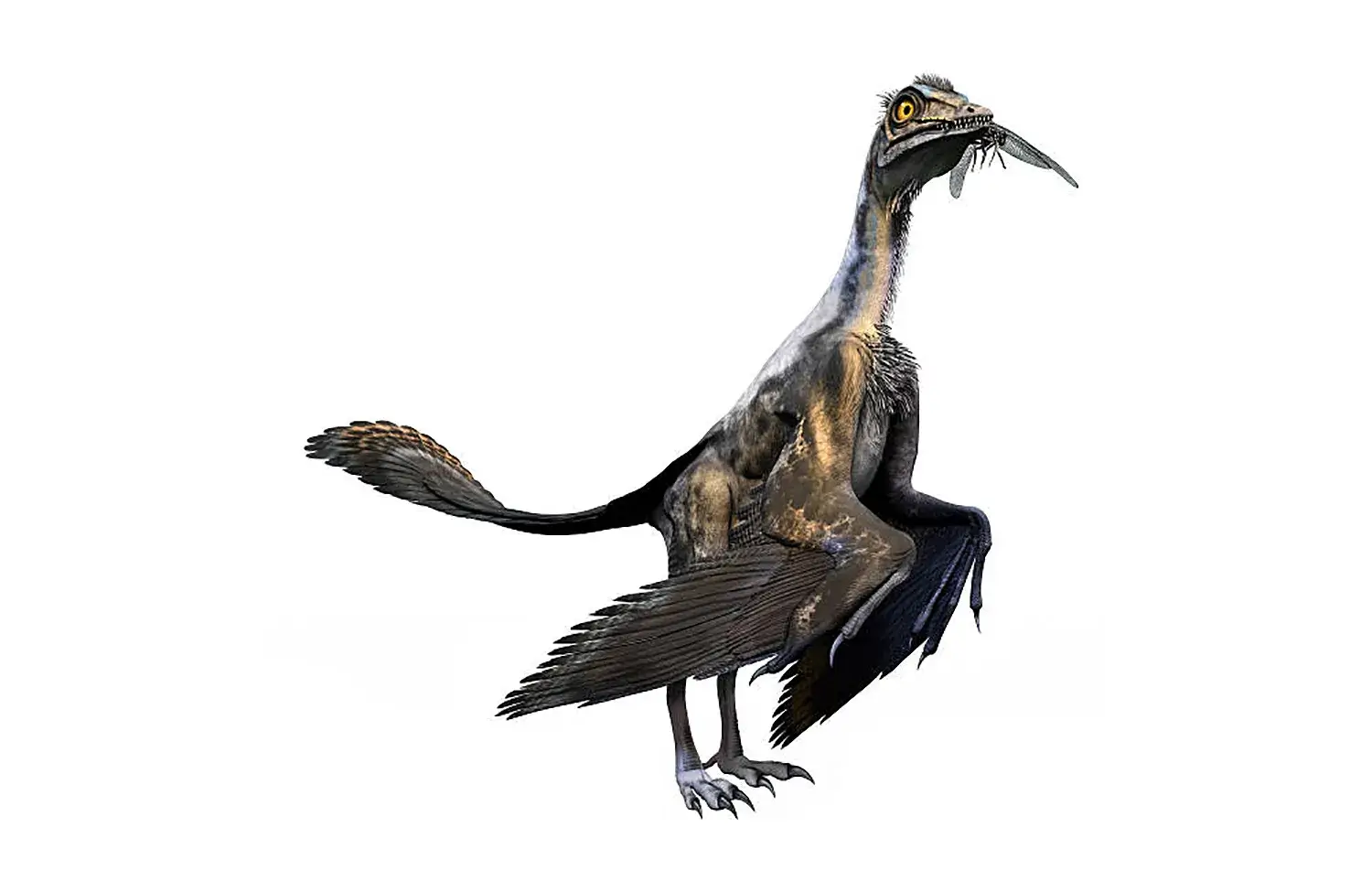
Archaeopteryx
Birds inherited theropod traits such as bipedal posture and hollow bones. They survived the mass extinction at the end of the Cretaceous and continue to thrive today.
Major Subgroups and Discoveries in Japan
Theropods are divided into numerous subgroups, including Ceratosaurs, Tetanurae, Coelurosaurs, and Coelophysids.
The ultimate descendants of these groups are the birds living in the modern world.
Fossils of theropods have also been discovered in Japan. In 2013, fossils believed to belong to a theropod from about 85 million years ago were found in Kuji City, Iwate Prefecture, making headlines as the first such discovery in the Tohoku region.
Theropods are one of the most successful groups of dinosaurs, and their evolutionary history teaches us about the astonishing adaptability of life on Earth and the great journey of evolution.
